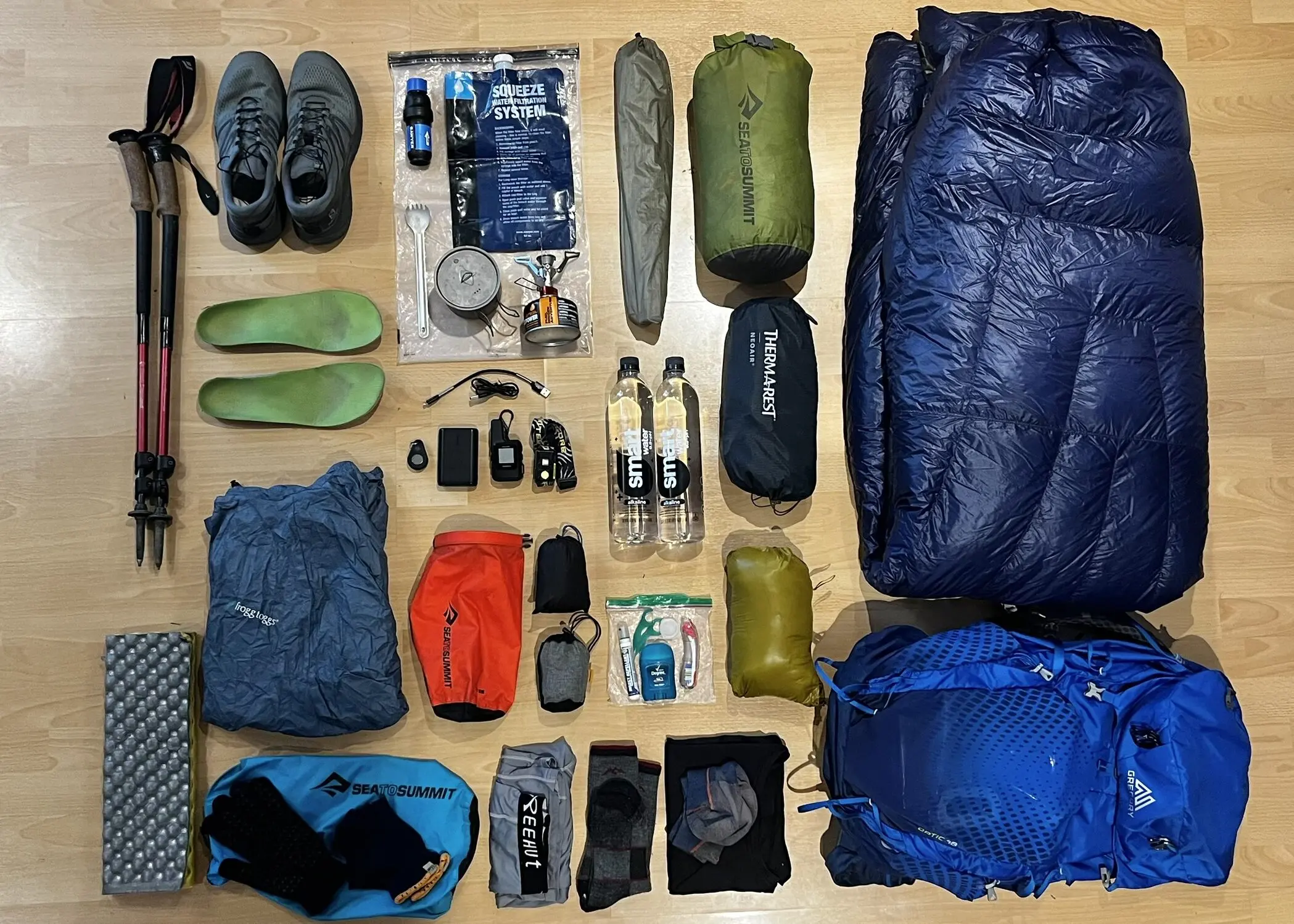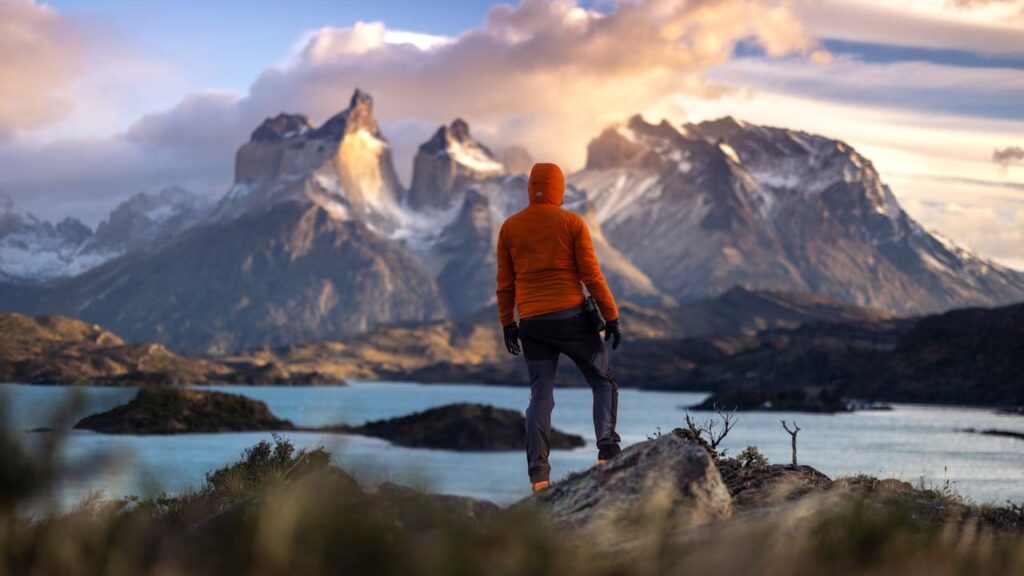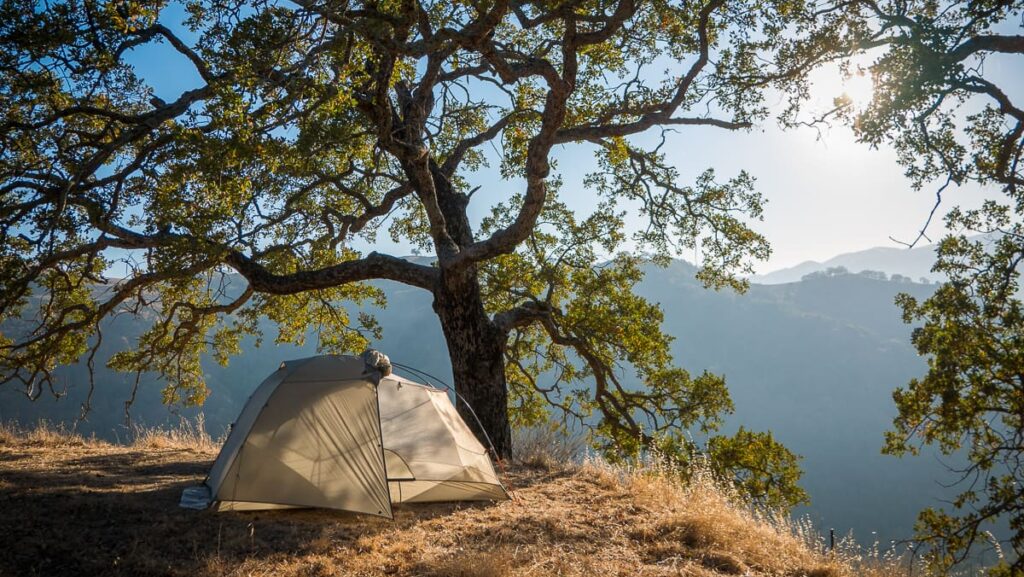What I Wish I Knew Before My First Backpacking Trip

Backpacking for the first time is a thrilling experience, but it can also feel a bit overwhelming. From choosing the right gear to figuring out how to pack everything, the learning curve can be steep. I know this firsthand because my first backpacking trip was, well, let’s call it a series of learning opportunities.
My first backpacking trip wasn’t just challenging; it was a mix of poor preparation, heavy gear, and biting off way more than I could chew. If you’re planning your first backpacking adventure, I want to help you avoid the same mistakes. In this post, I’ll share what I wish I knew before hitting the trail for the first time. By the end, you’ll be better prepared, more confident, and ready to enjoy the adventure.
Disclosure: This post contains affiliate links. As an Amazon Associate, I earn from qualifying purchases. I only recommend products I use and trust.
Pack Smart and Light

One of the most common mistakes for new backpackers is overpacking, and I was no exception. For my first trip (a winter summit attempt on Mt. Shasta), I had no idea how to pack for an overnight trip. My friends and I had this great idea to snowboard down the mountain after reaching the summit, so we strapped our snowboards and boots to our packs–already adding an extra ten pounds. And when it came to food, I was completely clueless.
Instead of lightweight, trail-appropriate meals, I packed cans of soup, heavy fruits like apples and oranges, and other food more suitable for car-camping. By the time I loaded everything into my backpack, it weighed around 50 pounds including the snowboard strapped awkwardly to the back. Before long, every step up the snowy trail started to feel like torture. Not only did I fail to summit, but I was physically exhausted for the entire trip.
Here’s what I wish I had known:
- Focus on lightweight essentials, especially your tent, sleeping bag, and backpack (the “Big 3”) – Links via Amazon.
- Pack calorie-dense, lightweight food like dehydrated meals, trail mix, and snacks.
- Before heading out, lay out your gear and ask yourself, “Do I really need this?”
Packing light doesn’t just save your back; it makes the whole trip more enjoyable. Trust me, your body will thank you.
Choose an Appropriate First Trip
As much as I wanted my first trip to be epic, it turned out to be an ambitious misstep. Attempting to summit Mt. Shasta in the snow, with a heavy pack and no prior backpacking experience, was a recipe for disaster. I didn’t just fail to summit; I was completely drained, exhausted, and miserable after the first mile.

(not me)
If I could go back and do it differently, I’d start with a much easier route. Something simple like a one-night trip at a local state park on a well-established trail with minimal elevation gain. Here’s why that matters:
- Challenging routes with long miles, steep climbs, or technical terrain require more physical and mental stamina than you might realize.
- A shorter, easier hike lets you focus on learning and enjoying the experience without feeling overwhelmed.
Your first trip should build confidence, not leave you questioning why you ever thought backpacking was a good idea. Save the big challenges for when you have more experience under your belt.
Test Your Gear and Learn How to Use It

On my first trip, I learned the hard way that it’s not enough to simply own the right gear—you need to know how to use it. For starters, I’d never pitched my tent in snow before. After fumbling with the setup for an embarrassingly long time, I finally had to ask my friend to show me how to stake it down securely.
Packing my gear was another problem. All the heaviest items—including my snowboard and boots—were at the top of my backpack. This made it extremely top-heavy and difficult to manage, especially while climbing steep, snow-covered terrain. Every time I lost my balance, the weight would pull me backward, and getting back up was a struggle.
Here’s what I’d do differently:
- Practice pitching your tent at home, including in different conditions like uneven terrain or in the rain.
- Learn how to pack your backpack so the heaviest items are close to your back and distributed evenly.
- Test all your gear before heading out, from your stove to your water filter, to make sure everything works.
Taking the time to familiarize yourself with your gear can save you a lot of frustration on the trail.
Stay Organized
One of the biggest lessons from my first trip was the importance of staying organized. I started with the best intentions, dedicating specific spots in my backpack for all the small items I needed, like my headlamp, snacks, and toiletries.
But as the trip went on, I got lazy. Instead of putting things back where they belonged, they ended up in random pockets, scattered across my tent, or buried at the bottom of my pack. By the end of the trip, I could never find what I needed without dumping everything out and digging through the mess. It added unnecessary stress and wasted valuable time.

Here’s what I’ve learned since:
- Use bags or color-coded stuff sacks [Amazon] to group items like clothes, electronics, and toiletries.
- Always return items to their designated spot after using them.
- Pack a few extra zip-lock bags for trash and small odds and ends.
Staying organized saves time and reduces stress, especially when you’re trying to set up camp after a long day on the trail.
Water Management Is Key

Running out of water in the backcountry isn’t just inconvenient—it’s dangerous. On my first trip to Mt. Shasta, I only brought a few bottles of water and didn’t know how to filter or purify snow.
I quickly learned that hydration is one of the most important things to plan for, and once again my friend had to bail me out with some extra water.
Here’s what I recommend:
- Research your route and identify water sources ahead of time.
- Test your water filter [Amazon] a day or two before the trip—filters can easily clog if left unused for too long.
- Always carry extra water or a backup method for purifying it, like iodine tablets.
Proper water management is essential for staying safe and comfortable on the trail.
Prepare Mentally and Learn to Adapt
Backpacking isn’t just a physical challenge—it’s a mental one too.

On my first night alone in a tent, every unfamiliar sound outside my tent convinced me there were bears or mountain lions lurking nearby. By the time I finally gathered the courage to peak outside my tent…it was just a couple of squirrels, but the fear was real.
The mental challenges don’t stop there. From bad weather to unexpected trail conditions, things rarely go exactly as planned. But that’s part of what makes backpacking so rewarding—it teaches you to adapt and overcome challenges.
Here’s how to prepare:
- Research the area so you know what to expect, from local wildlife to weather conditions.
- Stay flexible and remember that setbacks are part of the experience—don’t let them define your trip.
- Write down lessons after each trip to improve for the next one.
The key is to approach each challenge as a learning opportunity rather than a failure.
Takeaways
Backpacking is an incredible way to connect with nature, challenge yourself, and create unforgettable memories. While my first trip wasn’t exactly smooth, it taught me lessons that I carry with me to this day.
If you’re preparing for your first trip, remember these key takeaways:
- Pack light and focus on the essentials.
- Choose a route that matches your experience level.
- Test your gear and learn how to use it.
- Stay organized to make life easier on the trail.
- Plan your water needs carefully.
- Embrace the challenges and enjoy the journey.
Every backpacker starts somewhere, and the most important thing is to keep learning and growing. To help you get started, I’ve created a free Beginner’s Backpacking Gear Checklist that you can download here. It’s packed with all the essential gear to make your first trip a success.
I’d love to hear about your first backpacking experience or any lessons you’ve learned along the way. Share your stories in the comments, and let’s inspire each other to keep exploring. For more tips and inspiration, consider subscribing to my YouTube channel.
Final Thoughts

Backpacking is a journey, both physically and mentally. You don’t need to get everything perfect on your first trip—what matters is taking that first step. The lessons you’ll learn along the way will make every adventure that follows even more rewarding.
Every trip is a stepping stone toward becoming a more confident backpacker. Mistakes are part of the adventure and teach you valuable lessons that make future trips even better. Pack your curiosity, take a deep breath, and step into the unknown—you might just surprise yourself.
Happy trails, and I’ll see you out there!
Amazon and the Amazon logo are trademarks of Amazon.com, Inc. or its affiliates.
Join Our Community of Adventure Seekers!
Get the latest backpacking tips, gear guides, and trail inspiration sent directly to your inbox.
Sign up to start exploring!

